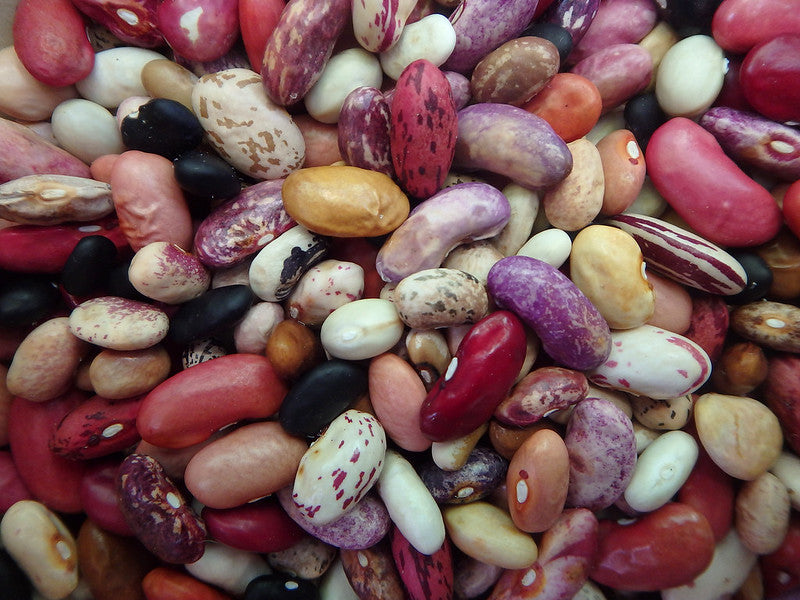Beans are one of the most popular garden plants. They’re easy to grow, vigorous and they make a lot of produce that has been harvested for well over 1,000 years! But how do you know which beans to grow? Anything that has been cultivated for so long comes with a lot of variety, and that variety can get overwhelming quickly. Luckily, there are a few simple differences that separate beans into smaller groups, which can be helpful in figuring out what suits you best.
How Many Types of Beans are There?
While there are well over 2,000 different beans known, the majority of bean plant varieties can be divided into a few main subgroups.
Pole Vs. Bush-
The biggest distinction is between pole beans and bush beans.
Pole beans are vining and need a structure to climb up, like a trellis or a fence. Some varieties can get quite long. However, these plants offer the added advantage of a small footprint; so, if your space is limited, any vegetable that can be grown vertically and still produce high yields is a great choice.
Bush beans, on the other hand, are shorter and freestanding. Because they can be planted virtually anywhere, bush beans are easier to grow but harder to harvest because you have to bend over and search for your dinner.
Shell Vs. Snap-
Another trait that divides the varieties of bean plants is the difference between snap beans and shell beans.
Snap beans can be eaten raw, pod and all, while shell beans are meant to be opened up, also known as shelled, so the seeds inside can be eaten, and the pods tossed. Examples of some snap beans include:
- Green beans
- Wax
- Noodle
- Peas
Examples of shell beans include:
- Lima
- Navy
- Pinto
- Kidney
- Black-eye pea
Have any questions about this topic? Hit us up at contact@handmedownfarms.com to ask your questions.

